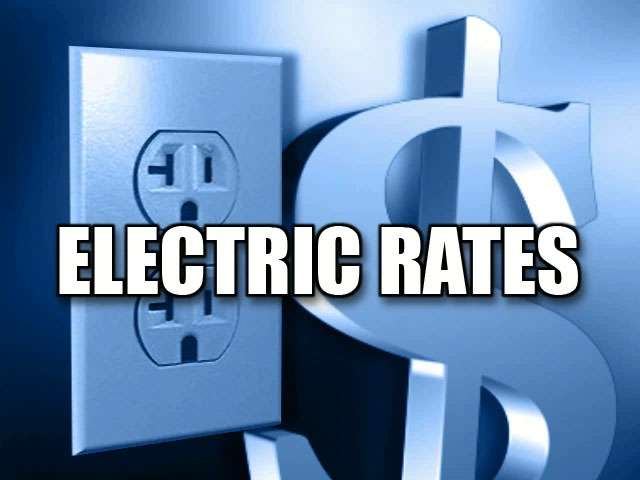The City of Tallahassee recently updated the financials for their operations in the fiscal year 2013 and the budgeted numbers for 2014. One of the items updated was the “Schedule of Reserves.” The “Schedule of Reserves” details the City of Tallahassee policies and reserve level requirements for eleven different funds.
Reserves are used to address changes in the economy that could not be anticipated in the normal budgeting process. For example, a sharp and unexpected increase in fuel costs could effect transportation and electric generation costs. Under this scenario, reserves could be used to meet financial obligations not planned for, but required in the budget.
Reserve funds are built up by transferring revenue collected through taxes and fees that are not used for capital and operating expenses.
The largest reserve fund by far is for the electric utility. As of August 31, 2013, the electric utility reserve has a total of $100.1 million.
The graph below shows the level of the electric utility reserve from 1999-2013.
The City of Tallahassee defines the electric utility operating reserve as “comprised of four subcomponents, with the primary purpose aimed at providing working capital. The working capital component is targeted with having a balance of 60 to 90 days of operating expenses. The other three components are fuel risk management, emergency reserve and rate stabilization.”
While reserves are important to maintain the consistent delivery of core government services during challenging conditions, the level of reserves can also impact the local economy. Tax dollars collected and sitting in reserve accounts is money that is taken out of the local economy. Therefore it is important to have a level of reserves that provides security, but not a level that could be better used by citizens in the local economy.
What determines the proper level of a reserve? Tallahassee Reports researched this question with regards to public electric utilities and found that there is no set formula that fits all utilities. However, one of the main issues that drive the conversation about the appropriate level of reserves is the input from rating agencies.
Rating agencies give better ratings, which can result in lower borrowing costs, if public utilities have the ability to cover operating expenses with cash in reserves. This is measured by dividing unrestricted reserves by the utility’s daily operating expenses.
Based on the most recent review by Moodys Investor Service earlier this year, the City of Tallahassee has approximately 200 days of cash on hand which is characterized in the analysis as “healthy reserves.”
Research by TR indicates that 150 days cash on hand is looked favorably upon by the rating agencies and seems to be a target for financial stable public utilities.
For the City of Tallahassee, the difference between 150 days of cash on hand and 200 days of cash on hand is between $20-$30 million.
So what is the appropriate level of reserve for the City of Tallahassee? The electric utility staff states in budget documents that the appropriate target level for the reserve is $166.5 million, not the current $100 million in the reserve. This would mean that the utility would have well over 300 days of cash on hand. This level would be extremely high based on the research conducted by TR.
In addition, if you look at the chart above, the level of the reserves over the last 14 years has never decreased below $85 million and never surpassed $118 million. In other words, a reserve of $35 million would have easily covered the reserve needs of the utility over the last 14 years.
The analysis indicates that the actual cash reserve needs of the electric utility over the last 14 years has been significantly less than what the City of Tallahassee electric utility currently has in reserve and what they believe they need in the future.



Is the City returning deposits that are made by the residence when they set up their account. I also believe the city should look at the small businesses and return their deposits too after 2 years of on time payments with only a amount of one month service left in the deposit account in the event the business closes the account. Yes, the utility bills should show a reduction in the monthly charges also. Those reserves should be used to a point to put money back into the economy of the community so the whole community gets the effect.
Excess reserves need to be off set by a healthy reduction in utility charges for the average utility consumer. Do not use excess funds for some cockamamie do gooder project the city dreams up for the so called under priveledged . We all need relief in these less than normal times!!